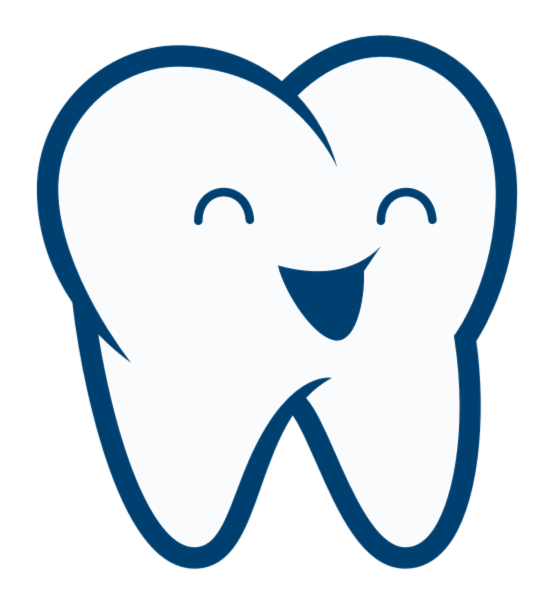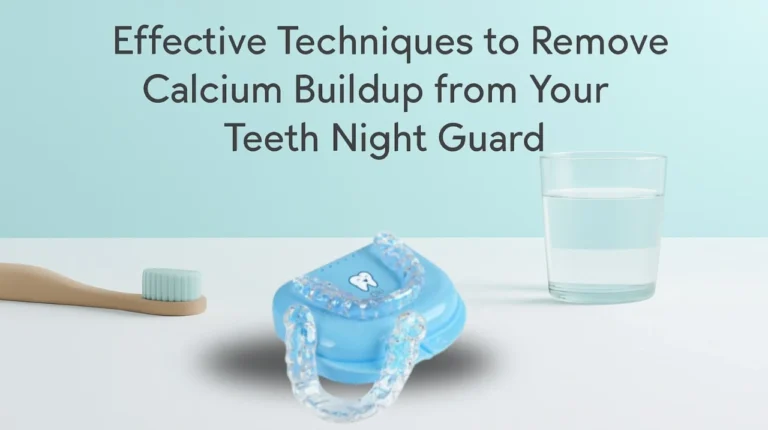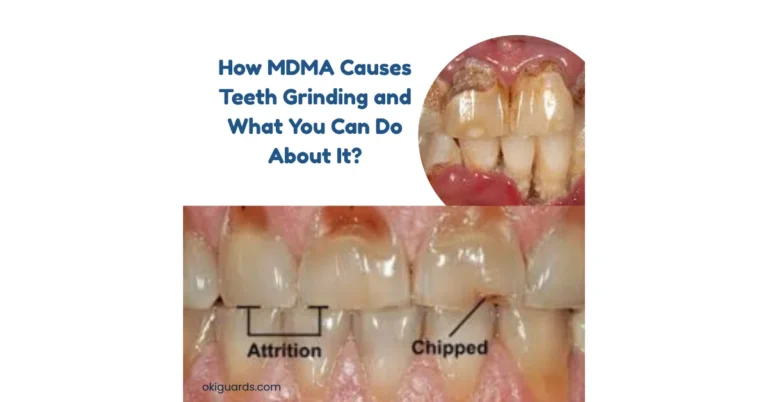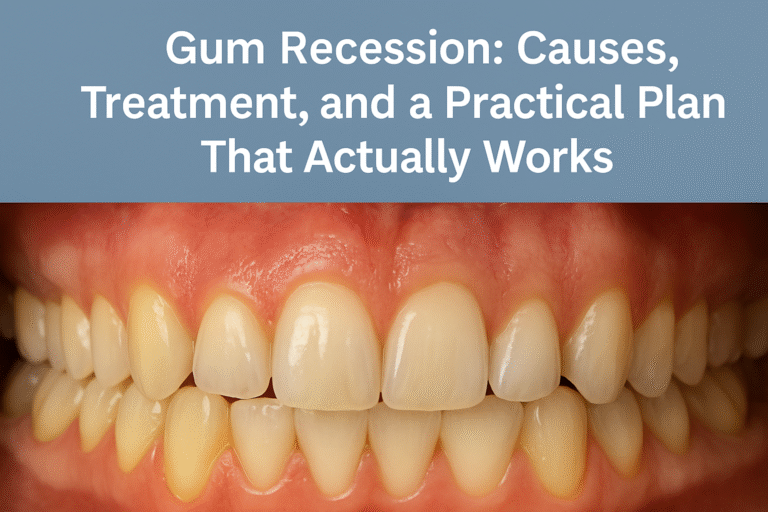Bruxism Face Change: Understanding the Impact of Teeth Grinding
Bruxism face change becomes a problem for those people who face grinding or clenching their teeth, which can slowly affect the shape of your face. If someone has habits like clenching cheeks or jaw muscles tightly, it can lead to a swollen face, which is called bruxism swollen face. As time passes, this tension can make a noticeable difference, creating a more squared jawline and also affecting the balance of the face.
These are not just changes but can lead to jaw clenching face shape, which affects the most. It will cause jaw pain or TMJ issues. Learning about bruxism and face change will help you improve your health and make your appearance perfect. In this article, we help you explore this issue and also tell you why it occurs, as well as many other topics like its causes on appearance and ways to take prevention.
Science Behind Bruxism
Pressing or grinding your teeth tightly will cause bruxism or teeth grinding. Mostly, it happens when you are sleeping and feeling stressed. When the jaw muscles work continuously, they become stronger and tighter, and this condition becomes the reason for conditions like bruxism, face change or jaw clenching in the face.
The changes take place due to body response and constant muscle activity. As the muscles around the jaw keep working, they grow larger and tighter, which causes a condition called bruxism. With the time flow, these flows can affect and change the face structure.
Common Causes
- Stress and Anxiety: They can trigger tension in the jaw muscles. Which increases grinding and clenching of the face.
- Sleep Disorders: Situations like sleep apnea or restless leg syndrome can disturb sleep, and there is a higher chance of teeth grinding.
- Medications: Certain medications list bruxism as a side effect.
- Misaligned Teeth: Misalignment puts extra strain on jaw muscles, contributing to a clenched face and grinding.
Signs and Symptoms
- Jaw Pain: Especially in the morning, if you feel aching jaw muscles, there is more chance of Bruxism face change.
- Headaches: Frequent morning headaches can signal bruxism-related tension.
- Tooth Sensitivity: If you feel sensitivity while eating or drinking hot and cold things, it is a sign that your tooth enamel is damaged.
- Tooth Damage: A few common signs are damaged teeth, chipped enamel, or cracked teeth.
- Earache: Pain in or near the ears often results from jaw muscle tension.
- Facial Pain: Bruxism’s common symptom is pain in the face, which may lead to TMJ changes in the face.
How Teeth Grinding Changes Your Face?
Teeth grinding is the main reason for many causes and brings major changes in facial structures. When you grind or clench face muscles, the pressure on the jaw muscles can gradually affect the face shapes. As time passes, the effects of tension become visible, including a more squared jawline or bruxism in the face shape. These effects are long-lasting, so understanding how teeth grinding affects your appearance is important.
Muscle Tension and Jaw Pain
The first signs caused by bruxism are muscle tension and jaw pain. Due to overworking, jaw muscles become tight and slowly get swollen, and you feel difficulty while opening the mouth, chewing, or even speaking.
- Headaches: Tensions in the jaw muscles can cause headaches, particularly around the temples.
- Earaches: The temporomandibular joint, which connects the jaw to the skull, will become inflamed due to extra stress.
- Facial Pain: The main symptoms are pain in the cheeks, temples, or various parts of the face, which occur from muscle tension or reasons that cause bruxism and a swollen face.
Teeth Wear and Damage
- Tooth Sensitivity: In case the enamel gets damaged, the dentin becomes visible, which makes the teeth more sensitive when you eat or drink hot, cold, and sour items.
- Chipped Teeth: Teeth grinding puts pressure on the grinding, and as a result, teeth get chipped or cracked, which increases the chances of bruxism face change.
- Tooth Loss: In many cases related to bruxism, tooth wear becomes more severe, leading to tooth loss. This becomes the reason that affects facial reason. like bruxism or acid erosion can increase the risk of enamel craze line formation.
Changes in Facial Structure
Long-term bruxism is the reason for visible changes in your face. This is basically caused by clenching and grinding, which make the muscle larger. Because of these problems, face appearance changes.
Sometimes, the grinding in your teeth becomes the cause of Misalignment. It can make the teeth strain on jaw muscles, which leads to a change in the face and more noticeable effects.
Headaches and Migraines
The tension that occurs in your jaw muscles because of bruxism will spread to various other parts like your head and neck, which becomes the cause of headaches or migraines. When the jaw muscles get tighter, they can also pull surrounding muscles like the neck, and it can produce pain.
In case you feel a headache or migraines, bruxism face change is the cause behind this. If you treat it early, it can be the best way to prevent yourself from early symptoms and stop facial changes.
Conclusion
Brusxims have more effects than dental issues. It can change the appearance of your face. But if you can understand the symptoms and causes of teeth grinding, you can take precautions and prevent oral health in a better way. If you think the problem is more than you think, then visit your dentist as soon as possible.






